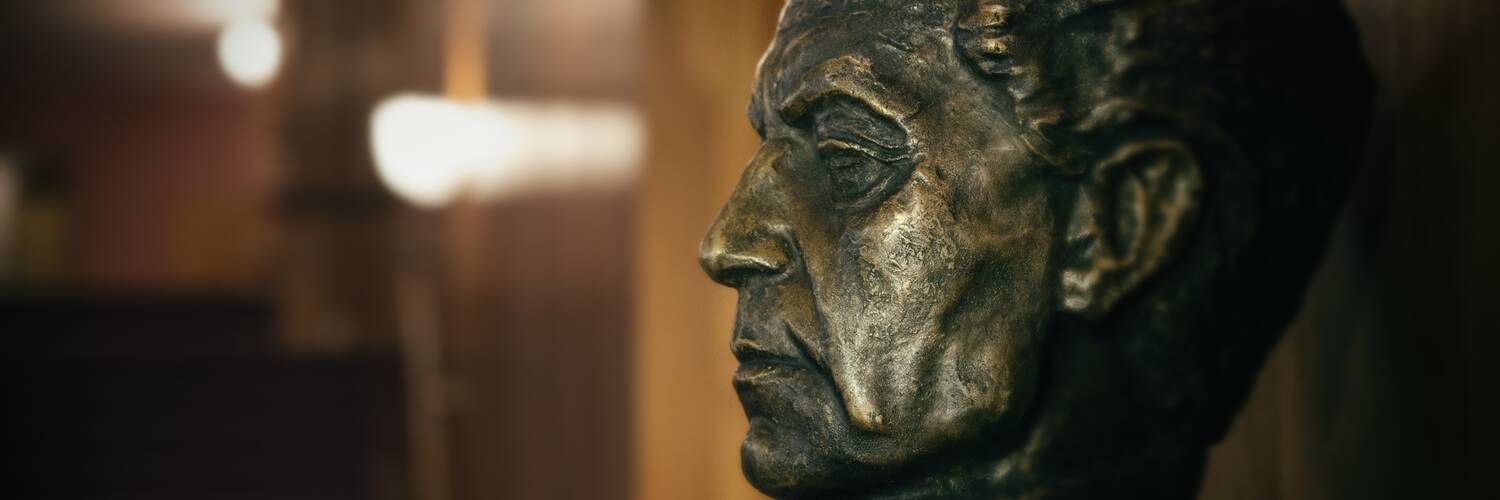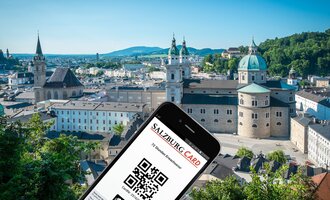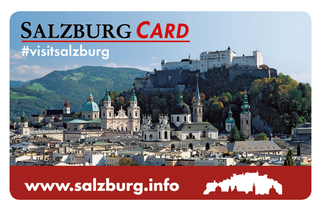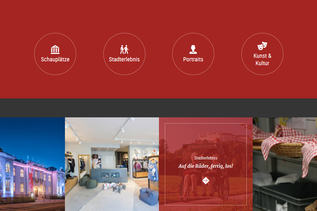
Herbert von Karajan
A name inseparably intertwined with Salzburg: Herbert von Karajan made the Salzburg Festival the major event on the classical music calendar we know today.
Herbert von Karajan – a native of Salzburg
Aside from Mozart, this City of Mozart gave birth to yet another great musical talent: Herbert von Karajan, born Heribert Ritter von Karajan on 5 April 1908 in Salzburg. As a music student, he attended the Mozarteum Conservatory. In his later musical career, he shaped and dominated the cultural life of his native city.
Career with the Salzburg Festival
The Karajan era with the Salzburg Festival began in the post-war years. Because of his prior membership in the National Socialist Party, the Russian occupying forces actually banned him from conducting until 1947. At his Festival debut in 1948, he conducted Gluck’s Orpheus, while in 1957 he directed a performance of Beethoven’s Fidelio. He took over as artistic director in 1956.
The “Absolute Ruler” of the Festival
Beginning in 1960, Karajan no longer served as the sole director. And as of 1964, he was just one member of the Festival directorate. That said, as the “last absolute ruler” – or so his reputation goes – he made all the major decisions. Until his death in 1989, he continued to pull the strings at the Festival.
Achievements and Legacy
Karajan’s primary focus was on the musical aspects of the Festival and on internationalizing the event. He succeeded in bringing top-caliber world stars to Salzburg, and with them guests from around the world. In 1960, he opened the newly built Grosses Festspielhaus. In 1967, he founded the Easter Festival; in 1973, the Salzburg Whitsuntide Concerts. In addition, he made substantial contributions in the development of musical documentation.
Walking in Karajan’s footsteps through Salzburg
Karajan’s grave at the cemetery in Anif soon became a pilgrimage site for his fans. The memory of this conductor is still kept alive at a number of other Karajan locations in Salzburg. Next to Marko-Feingold-Steg bridge, in the garden in front of the Raiffeisen building – the house where Karajan was said to have been born – there stands a life-size bronze statue of the maestro. Though in fact, he was actually born in a sanatorium on Franz-Josef-Strasse. Salzburg also named a city square – Herbert-von-Karajan-Platz – after their native son. Located, of course, in the Festival District.












